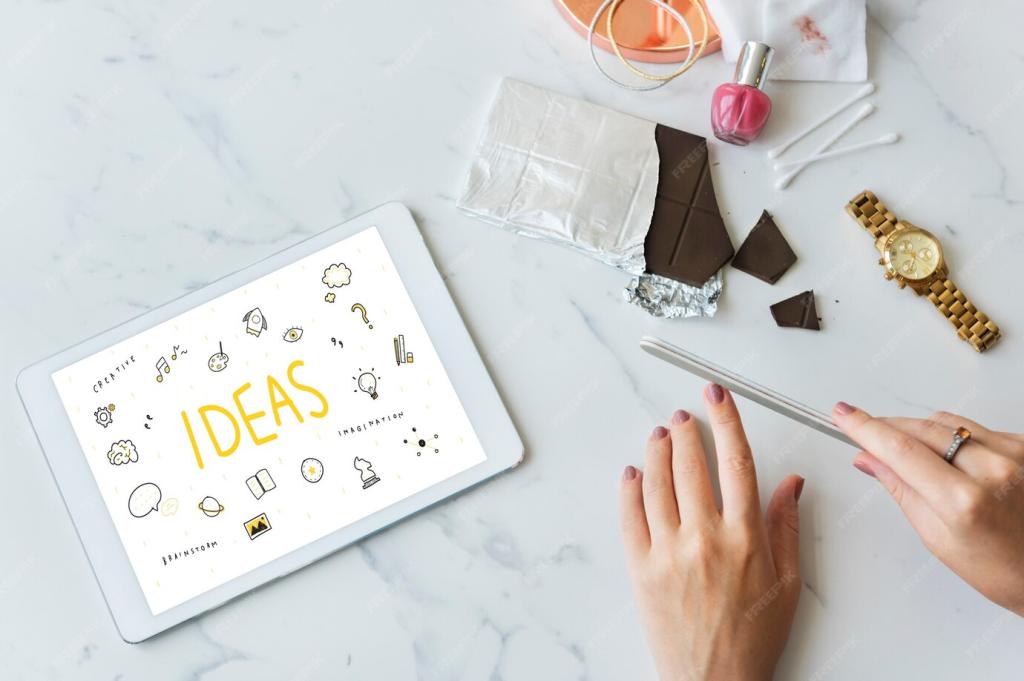Ethics, Inclusivity, and Credible Luxury
When drawing from regional crafts or historical motifs, credit sources and artisans. Explain influences without appropriation. Invite readers to share makers they admire, building a community that celebrates provenance and shared appreciation.
Ethics, Inclusivity, and Credible Luxury
If you tout eco choices, add specifics: FSC-certified oak, low-VOC paint, reclaimed terrazzo. Detail matters. Readers will reward transparency with trust and loyalty, returning for guidance that balances beauty with responsibility and measurable impact.








